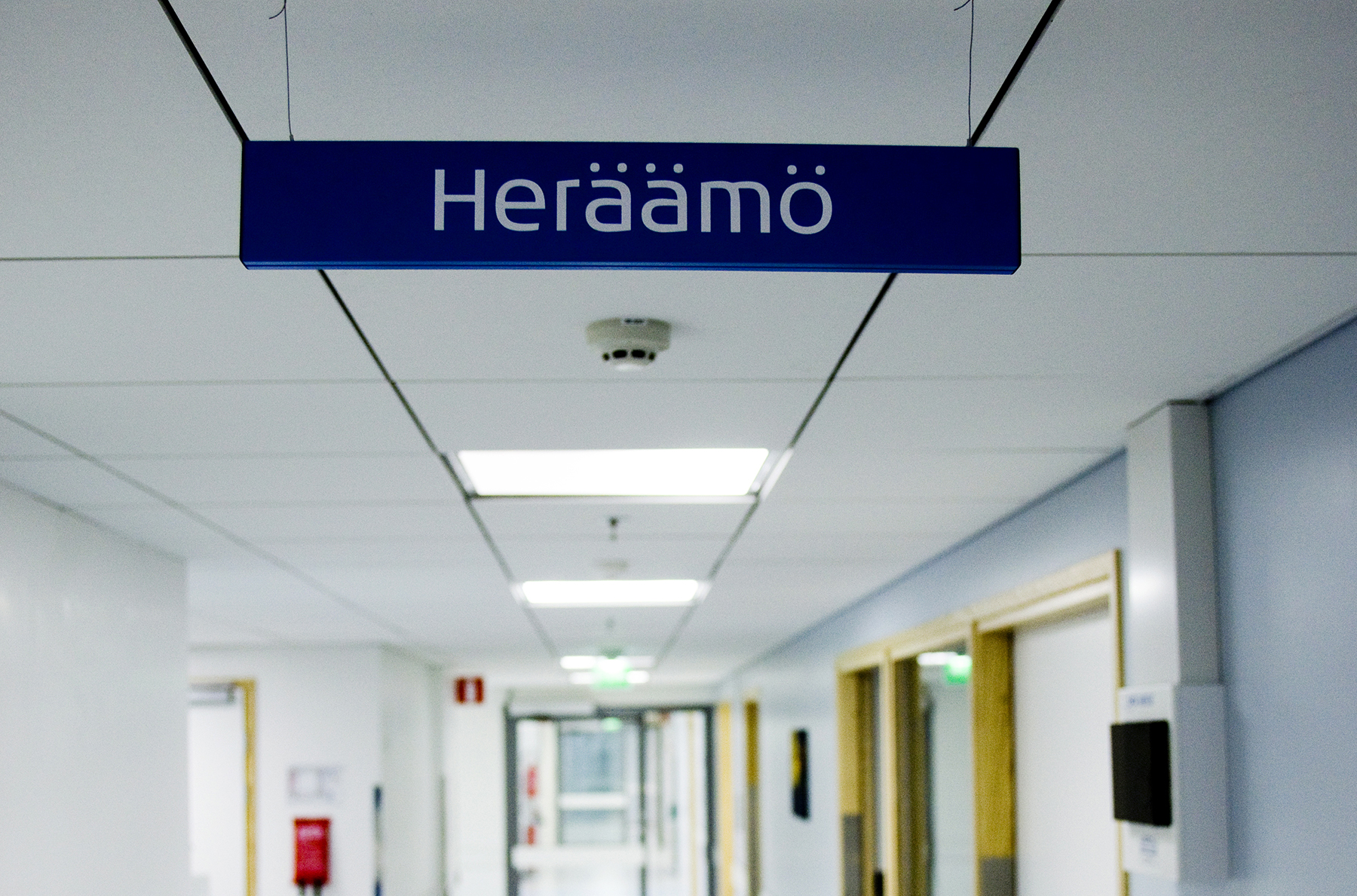While the frontline of Finnish business and politics lined up in Helsinki to hear the advice of environmental economist Jeremy Oppenheim on how to turn climate issues into engines of economic growth, in Stockholm almost 700 people gathered to discuss the link between business and sustainability at Sustainable Business Day 2015. The highlights from the discussions and examples presented in the Swedish capital can be summarised by five key drivers that can turn sustainability into a source of business success: strategic commitment, hard work, innovation, people and co-operation.
The main message was clear: climate change and other global megatrends – ranging from population growth and urbanisation to resource scarcity and rapid technological advancements – will change the business landscape at an unforeseen and ever increasing pace. Companies that are successful in adapting to changes in the world around us will be better positioned for succeeding in the future, while those that fail to adapt are destined to fade away. At the Sustainable Business Day sustainable business – whether in relation to the environment or society at large – was identified as a pivotal source of strategic competitive advantage that can help businesses navigate through the storms in a rapidly changing operating environment. Climate issues and the scarcity of natural resources in particular were identified as key challenges facing businesses in the future.
Turning sustainability into a source of competitive advantage
A key theme at the event was how to genuinely turn sustainability into a source of competitive advantage, and the speakers and participants were unanimous about this: climate and environmental issues must be at the core of any company’s strategy as an overarching principle in all business operations. If these issues are not embedded in the heart of the business, there is little hope for truly using them as a source of competitive advantage.
Placing climate and environmental issues at the core of the business requires not only commitment from the senior management and all employees, but also regular reviews of the company’s strategic direction amid a rapidly changing business environment: how will climate change and its impacts, the scarcity of resources or changes in regulation affect the company’s operating environment in the near future and the long run? What are the key risks and opportunities arising from these changes? How can a company on the one hand minimise the probability and impacts of these negative risks and on the other hand best utilise the opportunities arising from these changes?
The debate and discussions throughout the day clearly showed that businesses must closely follow the changes in their operating environment and have their antennas directed towards the future. One speaker after another gave examples of how their company had successfully transformed their operations while using natural resources more wisely and/or causing fewer emissions.
NCC’s Peter Wågström said that the first thing he did when appointed as CEO was to bring in someone to the management team to take charge of sustainability issues, thus including sustainability as an integral part of the senior management’s agenda. Håkan Agnevall, the CEO of Volvo Bus, provided concrete examples of the effects of two key megatrends – urbanisation and climate change – on the business and its future direction. As a result, Volvo will invest heavily in the development of environmentally friendly city buses in order to gain a competitive advantage.
LEGO’s Tim Guy Brooks presented the toy manufacturer’s ambitious short and long-term environmental and resource efficiency targets, the financial benefits of which have already become evident in the form of reduced costs. To get an idea about the scale of these investments, consider, for example, LEGO’s 400 million euro investment in an offshore wind farm to supply energy to its factories.
Measures such as the ones described above have almost invariably led not only to significant savings and improved profitability, but also to reduced risks, operational flexibility, the winning over of new markets or customers and producing higher added value. A transformation from the old paradigm to new seemed to be the theme of the day, and those who had made a successful transformation remembered to stress the five key drivers for turning sustainability into a source of business success.
The transformation requires genuine commitment from the entire company and the people it employs, hard work to implement the changes, new ideas and operating practices to continuously improve operations, investments in innovation and development to create new solutions, and a new kind of co-operation inside and outside the company, in terms of value chains, customers and society. Many of the companies that had begun this transformation stressed that they were only at the beginning of the journey with still plenty of improvements to make, but the key message was that the benefits they had already achieved were evident and important for the success of the business in the long term. In a rapidly changing global operating environment, in which environmental and climate issues, scarcity of resources, population growth and urbanisation create new kinds of challenges, the winners are those who can best provide solutions to these global challenges.
Some wise person once said, “If you want to change the world, you have to create a profitable business out of it”. Based on what I heard during the day, I am inclined to revise that: “if you want to run a profitable business in the long term, you have to change the world – provide smarter and cleaner solutions to global challenges”.
